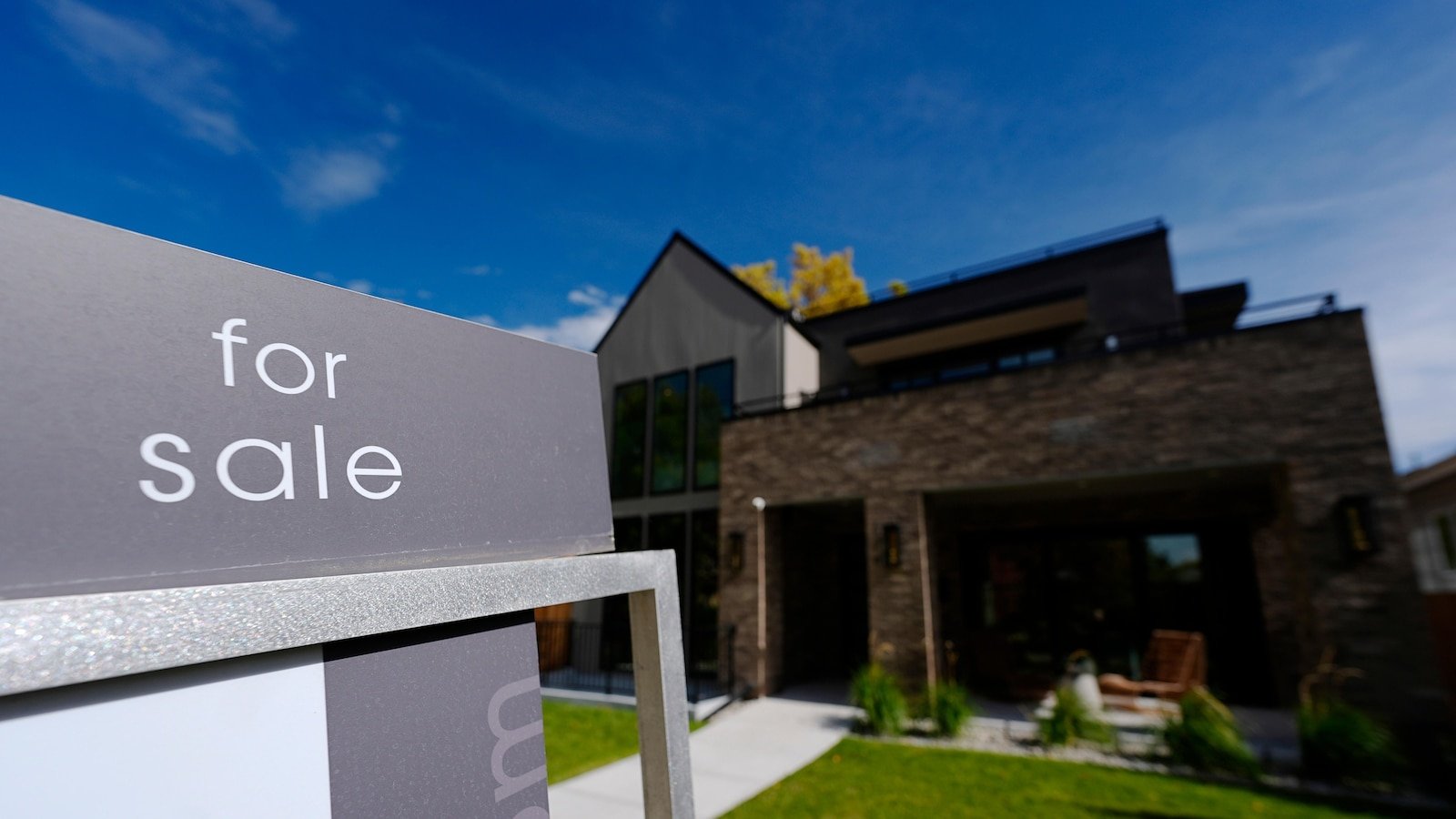Los Angeles – The owners anxious to sell may have to wait a while before a buyer appears.
As of April, the United States real estate market had almost 34% more vendors than buyers buying a house, according to a Redfin analysis.
In addition to April 2020, when the pandemic stopped the economy and housing sales, there have not been this few buyers in the market for a house before, depending on the records dating from 2013.
The trend is good news for housing buyers, if they can afford to buy current mortgage rates and prices, which are still increasing nationwide, although more slowly.
Less buyers means less competition for housing listings and more pressure on sellers to mark their sale price and make other concessions to help make an agreement. That is an investment marked only a few years ago, when it was not uncommon for owners to receive offers well above their sale price of multiple housing buyers.
“The balance of power in the United States real estate market has changed to buyers, but many vendors have not yet seen or accepted writing on the wall,” said Asad Khan, a senior economist of Redfin.
The unequal balance between buyers and vendors is reflected in housing sales, which remain in a fall that dates back to 2022, when the mortgage rates began to rise from the minimums of rock they reached during the pandemic. Last year, sales of American houses previously occupied sank at their lowest level in almost 30 years. Sales It fell last month to the slowest pace for the month of April that dates back to 2009.
Sellers began to overcome buyers in November 2023, when the average rate of a 30 -year mortgage rose to a maximum of 23 years of almost 8%, according to the mortgage buyer Freddie Mac. The average rate reached 6.89% this week, its highest level since the beginning of February.
In total, there were 1.9 million vendors and 1.5 million possible housing buyers in April, or 490,041 less people in the market for a house in relation to sellers. A year ago, there were 6.5% more vendors than buyers. Two years ago, buyers exceeded sellers in number 5.3%.
Redfin based its estimate of the number of vendors in April on active listings, or the number of homes for sale at any time during the month. He estimated the group of people in the market for a house when creating a model that takes into account several other data, including the typical time that someone takes to buy after touring a house.
Faced with a market with fewer potential buyers, some vendors have chosen to reduce prices or offer sales incentives, such as accepting the closing costs of a buyer or other expenses. Almost 1 in 5 housing listings reduced the price last month, according to Realtor.com.
The growing imbalance between buyers and vendors should lead to housing prices at the end of this year, according to Redfin.
Prices have already begun to decrease in selected Metro areas. In the four weeks ended on April 20, housing prices fell into 11 of the 50 most populated metropolitan areas in the USA., Including Dallas, Oakland, California and Jacksonville, Florida, according to Redfin.
The market with the largest gap between buyers and vendors is Miami, where sellers exceed buyers of approximately 3 to 1, according to Redfin. The strongest seller market is Newark, New Jersey, with 47.1% less vendors than buyers.
Despite leaning more in favor of buyers, it is likely that the real estate market remains unaffordable for many Americans. The median of the sale price of housing in the United States has increased 53% in the last six years, far exceeding salary growth.
And although the inventory of American houses previously occupied uploaded last month to the highest level since September 2020, it is still well below the pre-pandemic era levels and the short properties that most Americans can pay.
Before the pandemic, households that earn $ 75,000 per year could afford to buy almost half of all houses in the market nationwide. As of March, only 21.2% of the housing listings were affordable, according to a recent analysis of the National Association of Real Estate Agents. A house is considered affordable if monthly payments do not exceed 30% of the monthly income of the home.
“Without a significant impulse in the inventory of housing to price points below $ 260,000, the road to housing property will remain blocked for millions of Americans who are otherwise financially ready to buy,” according to the NAR report.





